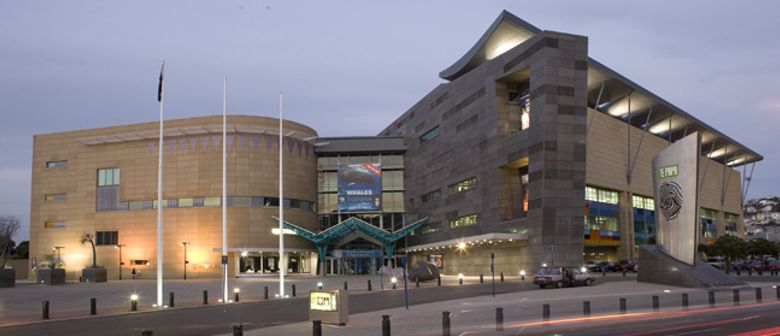In an unassuming building at the top of Tory Street in Wellington lies buried treasure: the remains of a lost world that rivals Smaug’s hoard, but the equivalent of the five armies is closing in.
The proposed restructure of our national museum means we are in danger of losing the key to unlocking the secrets these biological taonga hold.
I meet Alan Tennyson, the Curator of Vertebrates, at Te Papa’s offsite collections facility. This home away from home holds a special place for me as a self-confessed fossil nerd. I owe my career and my lab’s research programme to the treasures housed in its basement and those of other New Zealand museums. I have been visiting Te Papa’s collections for nearly 15 years, working on everything from birds to seals, from cetaceans, (whales and dolphins), and reptiles to frogs, many of which will never be displayed to the public. The success of some of the biggest high-profile fossil bird research projects in recent years, (such as elephant birds and giant penguins), has been down to the perseverance of curators and collection managers at Te Papa. These seminal publications showed kiwi (Apteryx spp.) are most closely related to the extinct giant elephant birds from Madagascar (not a bunch of feathered Aussies) and that New Zealand once had the largest penguins in the world. Continue reading “Critically endangered but not lost: the fight to save Te Papa’s collections from extinction”

